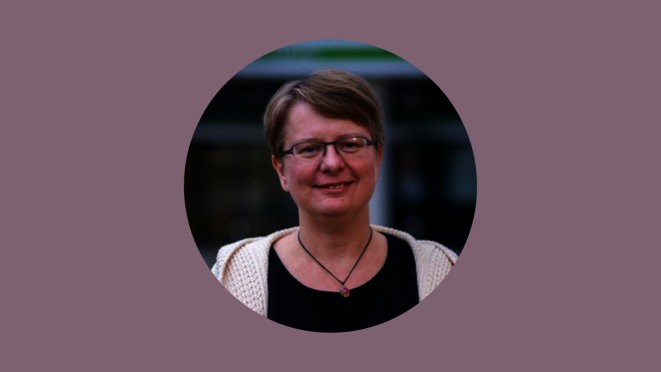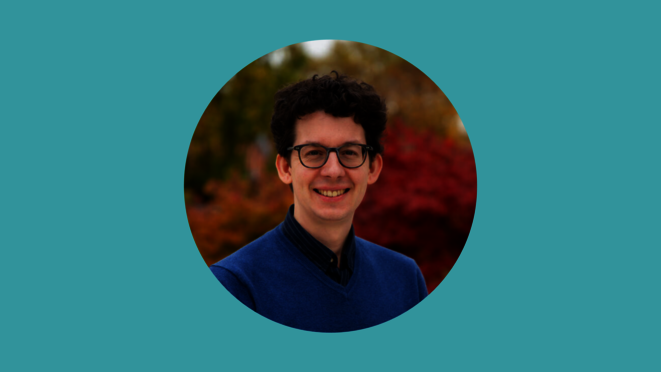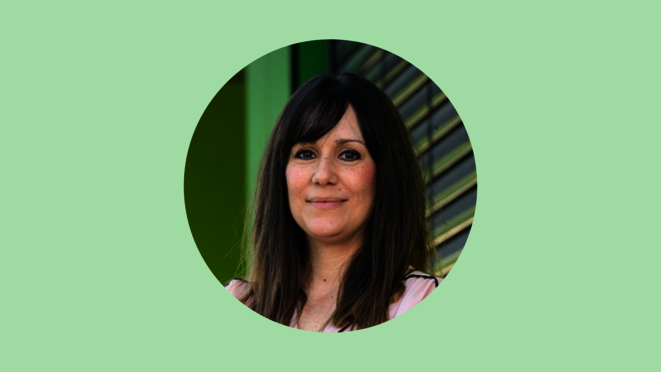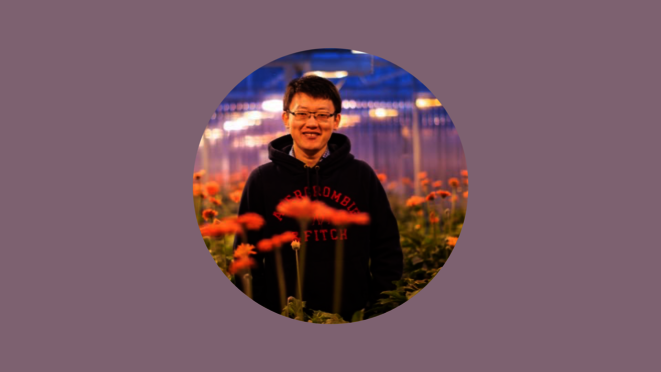Symposium - Developmental Patterning in Space and Time
How do living organisms form complex structures from a single cell? How are shapes, patterns, and functions established and maintained over time? Developmental biology seeks to answer these questions by examining the interplay of genes, molecules, cells, and tissues — across different scales of space and time.
Our one-day symposium 'Developmental Patterning in Space and Time' brings together researchers from plant and animal systems to explore how similar principles underlie the diversity of life. Talks will highlight how positional information is generated, how dynamic processes drive pattern formation, and how developmental programmes evolve and adapt.
The programme features an exciting mix of perspectives and approaches, including:
- Floral architecture and plant morphogenesis
- Root development and plant–microbe symbioses
- Mechanical forces shaping tissues
- Molecular mechanisms revealed by spatial omics
- Comparative insights into patterning across kingdoms
With contributions from leading scientists in the field, the symposium will offer a platform for discussion, inspiration, and cross-disciplinary exchange.
We invite researchers, students, and anyone curious about the rules that shape life to join us for this day of science and discussion in the heart of Berlin.
More about the speakers...

Kerstin Kaufmann
Humboldt-Universität zu Berlin
The Plant Cell and Molecular Biology Group investigates how genes are controlled during flower development by integrating epigenomics, proteomics, and genetics to understand multicellular development on a systems level.

Caroline Gutjahr
MPI of Molecular Plant Physiology
The Mycorrhiza and Root Biology Group investigates the molecular factors that influence the formation and function of mycorrhizal symbiosis, exploring how environmental factors and specific molecules impact this process in both plants and fungi.

Arun Sampathkumar
MPI of Molecular Plant Physiology
The Plant Cell Biology and Morphodynamics Group studies how plant cell walls and the cytoskeleton influence growth rates and directions, while also managing a technology platform to assist other research teams with advanced imaging techniques.

Elias Barriga
TU Dresden (PoL)
The Biophysical Mechanisms of Morphogenesis Group explores the finely coordinated collective behaviors of cells during tissue development, focusing on how biophysical stimuli like mechanical and electrical forces govern processes such as migration and differentiation.

Jan Philipp Junker
MDC - BIMSB
The Quantitative Developmental Biology Group investigates the mechanisms of cell fate decisions in health and disease, using advanced single-cell genomics methods to study embryonic development and adult tissue regeneration in zebrafish.

Nikolaus Rajewsky
MDC - BIMSB
The Systems Biology of Gene Regulatory Elements Group investigates how RNA regulates gene expression in health and disease. They use a variety of model systems, including C. elegans, planaria, mice, and human brain organoids to study brain diseases in collaboration with clinicians.

Francisca Martinez Real
MPI for Molecular Genetics and CAPB (Spain)
The Gene Regulation and Evolution Group investigates how changes in the non-coding genome translate into developmental phenotypes during evolution using cutting-edge technologies and inter-species comparative analyses.

Teng Zhang
University of Helsinki
The Asteraceae Developmental Biology and Secondary Metabolism Group studies the gene regulatory networks in Gerbera that control the unique flower structure of the Asteraceae family. Their research also aims to understand the biosynthetic pathways for family-specific secondary metabolites.

